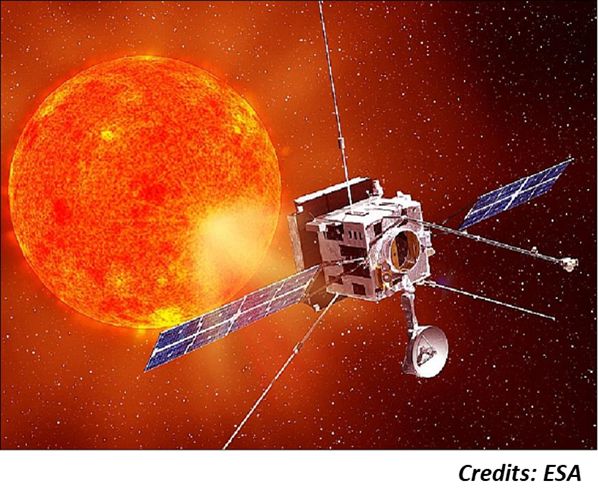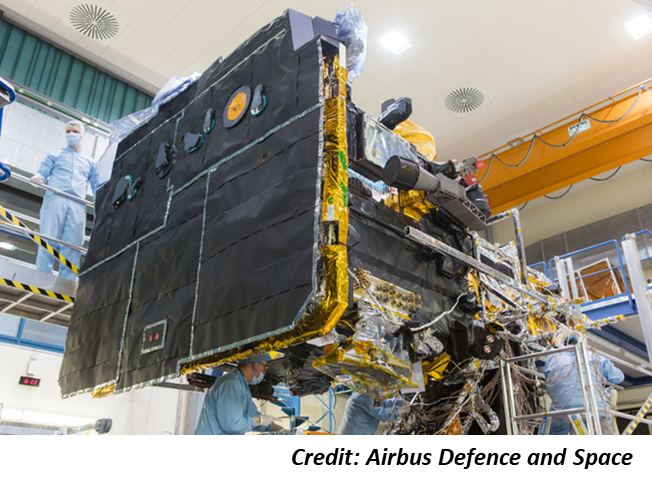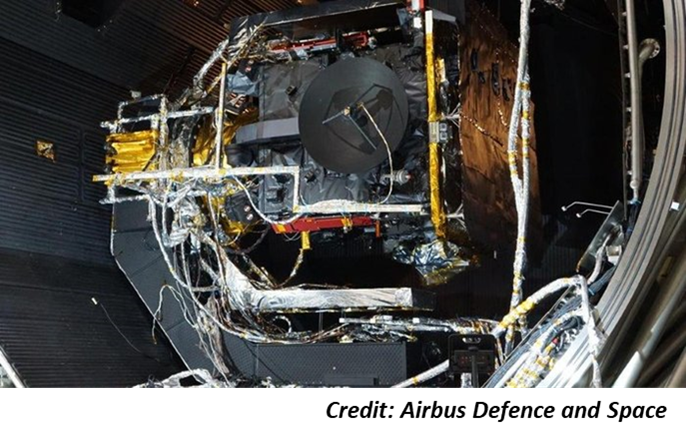Solar Orbiter is an ESA mission to perform close-up, high-resolution studies of our Sun and inner heliosphere. The project is managed and financed mainly by ESA, but with strong international collaboration. Also Belgium is involved with the Extreme Ultraviolet Imager (EUI ; see this STCE press release) which was developed by the Centre Spatial de Liège (CSL) and the Royal Observatory of Belgium (ROB), in collaboration with the Belgian industry and foreign partners. NASA is involved as well, providing the launcher and contributing instruments to the scientific payload in the context of the International Living With a Star initiative. "SolO" 's launch is currently scheduled for 2020.
Solar Orbiter will address some central questions of heliophysics: How does the Sun create and control the heliosphere? What drives the solar wind and where does the coronal magnetic field originate from? How do solar eruptions produce energetic particle radiation that fills the heliosphere?... The spacecraft will also be the first to provide close-up views of the Sun's polar regions, which are very difficult to see from Earth, providing images from latitudes higher than 25 degrees. Solar Orbiter will also be able to nearly match the Sun's rotation around its axis for several days, allowing it to almost "hover" above active regions for an extended period of time and making it possible to see solar storms building up. As such, it will also deliver data of the side of the Sun not visible from Earth. Solar Orbiter will also coordinate its scientific mission with NASA's Parker Solar Probe to maximise their combined science return (see this STCE news item and NASA's webpage).

In order to answer these fundamental questions and achieve these challenging objectives, Solar Orbiter is intended to carry its telescopes and instruments to a distance of only 42 million km from our nearest star. That's less than one third the distance from the Earth to the Sun, and also well within Mercury's orbit. As a result, the spacecraft will be subjected to around 13 times the amount of solar heating that Earth-orbiting satellites experience, and to temperatures in excess of 500°C. To brave the fierce heat of the Sun, Solar Orbiter is equipped with a heat shield to protect the instruments from direct sunlight, as well as insulation blankets, radiators and other clever techniques to keep the instruments and other hardware at an operational temperature.

Of course, this essential piece of technology needs to be tested and so Solar Orbiter was sent to the thermal-vacuum chamber at the IABG test facility in Ottobrunn (Germany) in December last year. The test campaign – using powerful lamps to simulate the Sun’s radiation – began by simulating the conditions the spacecraft will undergo as it manoeuvres to its operational orbit through flybys of Earth and Venus. Indeed, though during 99% of the mission operations time, the heat shield will protect Solar Orbiter, there will be more than a dozen manoeuvres when one of the side panels will be exposed to sunlight. Therefore, it is important to know how the spacecraft responds when the exterior of the insulation on these panels reaches a temperature of about 120–150 degrees Celsius. At a later stage in the testing, the spacecraft was rotated so that its heat shield was facing the lamps, and then hot and cold thermal balance phase tests were conducted to see if the spacecraft responds as expected. For practical reasons, some elements, such as the solar arrays and the instrument boom, were not integrated with the spacecraft during the test. They were integrated in January on the spacecraft, which will next undergo a series of mechanical and electromagnetic compatibility tests.

References and additional reading
This text was loosely based on a number of ESA articles.
- Thermal-vacuum testing: http://www.esa.int/spaceinimages/Images/2019/01/Thermal_testing_of_Solar_Orbiter
- Heat-protective measures: http://sci.esa.int/solar-orbiter/60988-solar-orbiter-receives-its-sunblock/
- Solar Orbiter overview: https://www.esa.int/Our_Activities/Space_Science/Solar_Orbiter
- SolO instruments: http://sci.esa.int/solar-orbiter/51217-instruments/





